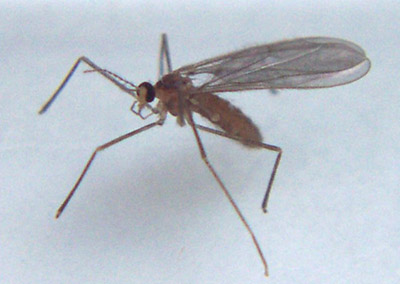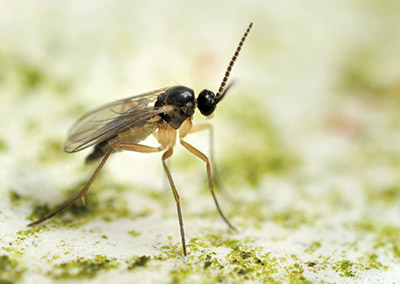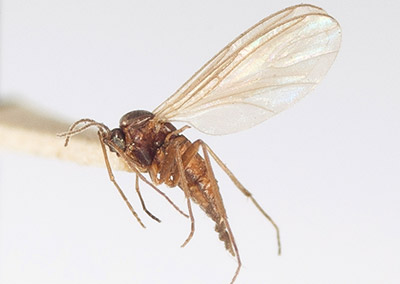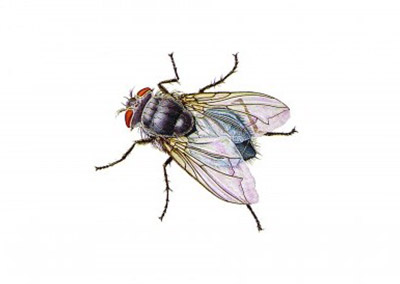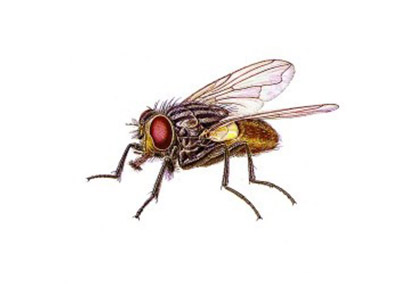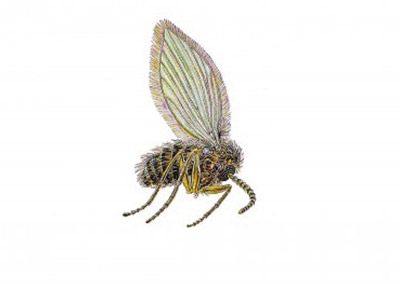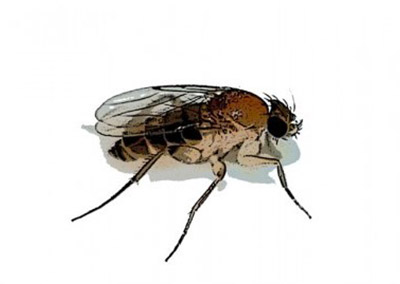Fungus Gnat
Our remedy for fungus gnat control
First, contact us. The key to controlling a fungus gnat problem is finding the breeding sites and then drying them out sufficiently to stop the growth of the molds in which gnats breed. The top inch of soil in potted plants should be turned over several times a day to dry it out, or top existing soil with 1″ of sand. Plants should be watered only when necessary and their soil should be well-drained. Wet wood and areas that have suffered leaks should be replaced and/or allowed to dry thoroughly.
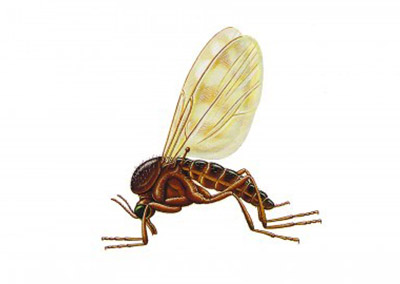
How to Identify a Fungus Gnat
Appearance
Tiny flies ranging from 1 mm to 1/4″ in length; black or brown, with a humped back, very long thin legs, and wings.
Habitat
Rotting logs and similar fungi- and mold-laden settings are ideal places for gnats to breed in nature. Indoors, they are attracted to the soil in potted plants. When plants are overwatered, molds in the soil provide a breeding medium for gnats. Gnats are not dangerous to humans, but most people find them annoying.
Diet
Molds and fungi that thrive in damp areas.
Additional Imagery
Is This Your Critter?
Maybe it is, maybe it isn’t. We can handle the identification and get you a solution to your problem quickly.
Get a remedy now. Send a message!

The agents were very respectful
“The agents were very respectful, they took care of my problem and made 2 extra visits to make sure the treatment worked.”
Gacha J. | Homeowner
Indianapolis, IN
Safe For Your Family and Business
We’re licensed, trained, and certified by the Departments of Public Health and Agriculture, using safe, EPA-regulated materials, always.
Attacking Infestations at the Root
We don’t come in spraying. We evaluate the root of your problem, and recommend and enact pre-emptive measures before any chemicals are used.
Assessments Before Any Contracts
Our Customer Care Center walks you through every service, every charge, and every solution before you agree to anything. Our commitment is to you.

